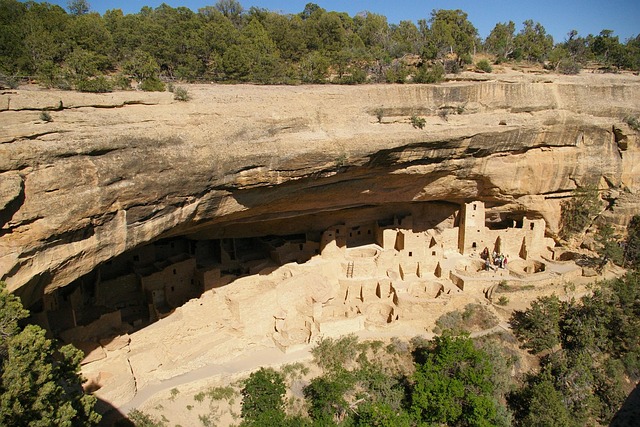In today's digital age, physical communities remain vital for family happiness and well-being. Real estate professionals cater to families by focusing on safe play areas, excellent schools, and welcoming atmospheres. By matching families' needs with suitable neighborhoods, agents guide them towards supportive ecosystems for raising children. Diversity drives successful family-centric neighborhoods, fostering inclusive environments, strengthening local economies, and enhancing social connections, making them highly desirable for both residents and investors. Real estate developments prioritizing social connections create vibrant communities through shared spaces, community centers, and events, promoting trust, understanding, and a strong sense of belonging among neighbors.
Family-oriented neighborhoods, characterized by strong community bonds and diverse populations, are transforming the real estate landscape. This article delves into understanding the unique needs of families in real estate, exploring how diversity fosters thriving communities. We examine strategies for building robust connections in diverse neighborhoods, highlighting the interconnectedness between family-centric development and vibrant, inclusive communities. Discover insights that empower both developers and residents to create environments where families flourish.
Understanding Family Needs in Real Estate

When it comes to family-oriented neighborhoods, understanding the diverse needs and preferences of families is paramount in real estate. In today’s digital era, where connections are easily forged online, physical communities play a pivotal role in shaping a family’s happiness and well-being. Real Estate professionals must appreciate that beyond location and amenities, factors like safe play areas, good schools, and a welcoming atmosphere significantly influence a family’s decision to invest in a particular area.
Families seek environments where their children can flourish, both academically and socially. They consider neighborhoods with strong community bonds, where neighbors are friendly and look out for one another. Real Estate agents who grasp these dynamics can guide families towards communities that offer not just a place to live but a supportive ecosystem conducive to raising a family. This involves understanding the unique requirements of each family and matching them with suitable neighborhoods that cater to their long-term needs and aspirations.
Diversity: The Heart of Thriving Communities

Diversity is a cornerstone in building thriving, family-oriented neighborhoods that stand out in real estate markets. When communities embrace a mix of cultures, ethnicities, and lifestyles, they foster an environment where everyone feels valued and included. This rich tapestry of diversity strengthens local economies and enhances social cohesion, making these areas highly desirable for families seeking a place to call home.
In these vibrant neighborhoods, children grow up surrounded by peers from various backgrounds, promoting understanding and empathy at a young age. Local businesses adapt to cater to diverse tastes, while community events celebrate unique traditions, enriching the overall experience for residents. This diversity is a magnet for real estate investors and families alike, driving the demand for housing in these welcoming communities.
Building Strong Bonds in Diverse Neighborhoods

In diverse family-oriented neighborhoods, building strong bonds among residents is essential for creating a vibrant and cohesive community. Real estate developments that foster social connections often include shared green spaces, community centers, and organized events that encourage interaction. These initiatives not only enhance the quality of life but also strengthen the sense of belonging among families from various backgrounds.
Diverse communities thrive when neighbors actively engage in each other’s lives. By embracing cultural differences and celebrating shared values, residents can build trust and understanding. This, in turn, fosters a supportive environment where families feel secure and connected, contributing to the overall well-being and growth of the neighborhood.






